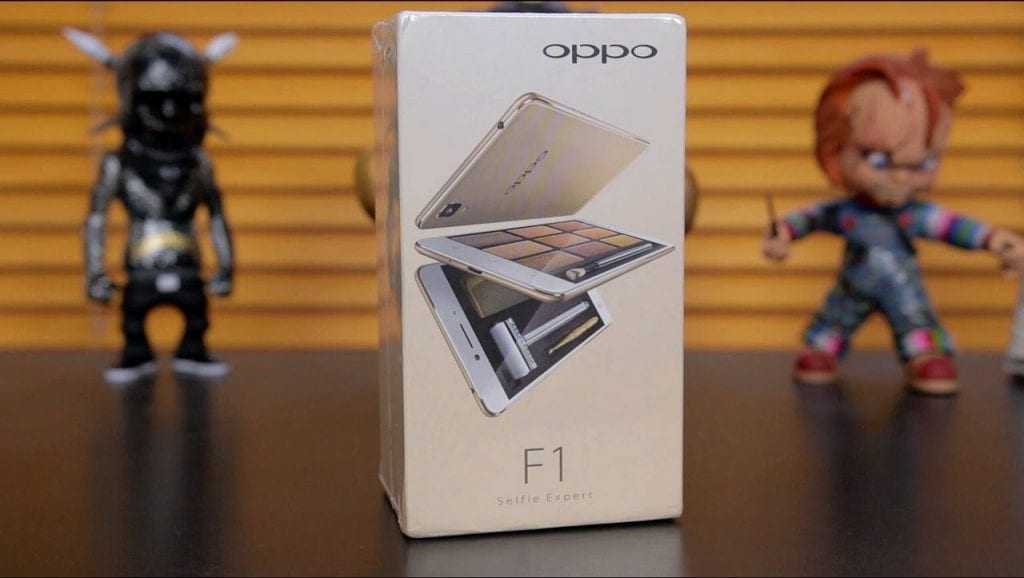
Top Chinese smartphone vendors are taking up a larger share of their domestic smartphone market, cornering 57% of sales in 2016, IDC estimates. This is up from 46% in 2015.
The research firm said this shows the growing local acceptance of Chinese vendors in their home countries with the improvement in product features and better marketing messages seen in the past year.
“Increased dependence on mobile apps has led consumers to seek phone upgrades, thus helping drive the large growth in the fourth quarter. In lower-tiered cities, there was similar demand from consumers, which OPPO and Vivo met by aggressively pushing mid-range smartphones in these cities,” commented Tay Xiaohan, senior market analyst with IDC Asia-Pacific’s Client Devices team.
A key trend that stood out in 2016, according to IDC, was the slowing growth of the online channel in China.
“There is no longer a single channel that is seeing exponential growth for smartphones, unlike previous years. Most brands are now using a combination of channels to increase their shipments,” IDC noted.
Xiaomi, previously focused on online channels, has opened more Mi Home stores to drive offline growth. Apple has also been aggressive in increasing its offline retail presence. Some vendors outside the top five vendor list in 2016, such as Gionee, also saw good growth in 2016 due to its expansion in the offline channel in the lower tiered cities.
To differentiate itself from OPPO and Vivo – which predominantly target a younger audience – Gionee has been targeting professionals and executives, and hence found a niche market for itself to stand out against its two competitors.
IDC also observed that for the first time Apple saw a year-over-year decline in the China market. The new iPhone 7 did not create as much of a frenzy compared to the past.
Despite the decline, IDC does not believe Chinese vendors have actually eaten away Apple’s market share. Most Apple users are expected to be holding out for the new iPhone that will be launched this year, and that will help the brand to see growth in 2017. Apple’s 10-year anniversary iPhone will also likely attract some of the high-end Android users in China to convert to an iPhone.
In 2017, IDC expects top vendors to continue to taking up a larger share of the market while smaller brands will begin consolidation. Chinese vendors will continue to focus on their international expansion plans. At present, out of the top three Chinese vendors in China, Huawei is the most successful with half of its shipments coming from markets outside of China in the fourth quarter of 2016.
“We expect these vendors to increase their shipments in the international market, with India as a key target for these top Chinese vendors,” IDC said. “Similarly, Chinese vendors will be aggressive with other new technologies such as flexible screens, augmented reality, and other new areas.”

